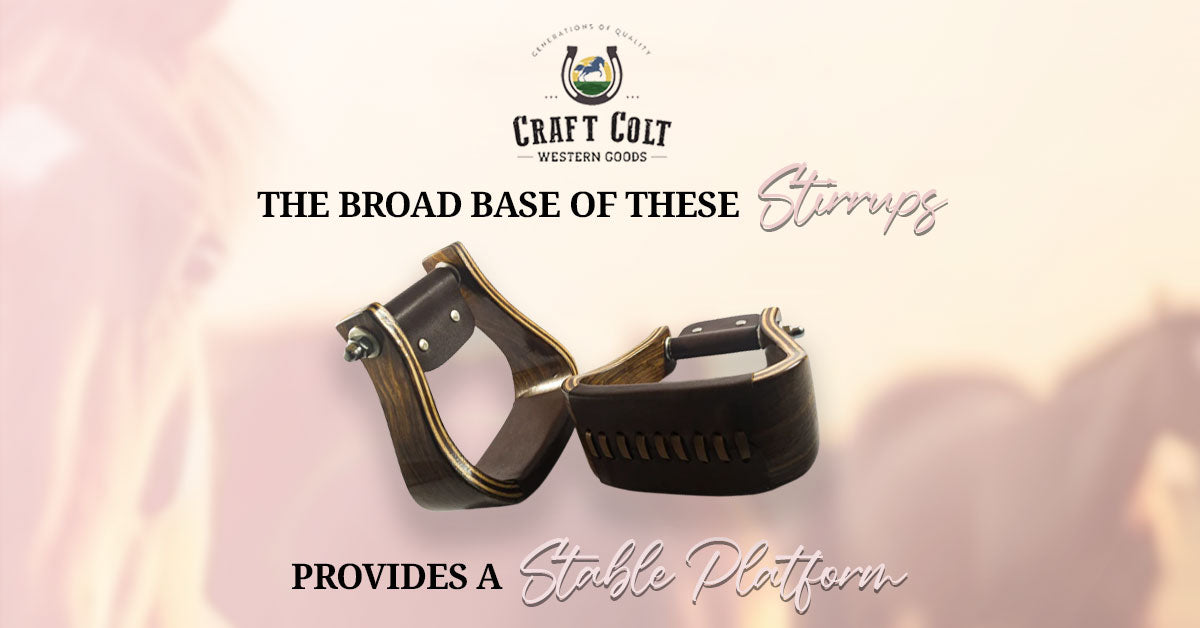Safety Tips for Using Spurs in Horse Riding
Spurs, a tool used by horse riders to gently signal and guide their horses, have been part of equestrian equipment for centuries. While spurs can be a valuable aid in horse riding, their safe and appropriate use is crucial to prevent injuries and ensure a positive experience for both the rider and the horse. In this article, we'll explore the various aspects of horse riding spurs safety, offering tips and guidelines to help riders use spurs responsibly and effectively.
Craft Colt's best-selling spurs for Training Equestrian Competition
Understanding the Role and Function of Spurs
Before going into the safety aspects, it's essential to understand what spurs are and their function. Spurs are metal tools attached to the heel of a rider's boot, used to provide cues to the horse. The primary purpose of spurs is not to harm or punish the horse, but rather to refine the rider's commands, enhancing the communication between horse and rider.
Proper Positioning of Spurs for Safe Use
The positioning of spurs is key to their safe use. Spurs should be positioned in a way that they can lightly touch the horse's side without causing discomfort. It's important for riders to adjust the length and positioning of their spurs according to their riding style, leg length, and the sensitivity of their horse.
Choosing the Right Spurs: Factors to Consider
Not all spurs are suitable for every rider or horse. When choosing spurs, consider the following factors:
- Length of the Neck: The length should be appropriate for your horse's sensitivity and your ability to control the spur.
- Rowel Type: Rowels, the revolving wheel or disc on the spur, come in various shapes and sizes. A larger, rounded rowel tends to be gentler than a small, pointed one.
- Material: Spurs can be made from various materials, each offering different levels of stiffness and weight.
- Rider Experience: Less experienced riders should opt for spurs with a shorter neck and a blunter rowel to minimize the risk of unintentional pressure.
- Horse's Temperament: A more sensitive horse may require a softer spur, while a less responsive horse might need a slightly more pronounced spur.
Techniques for Gentle and Effective Spur Use
Effective spur use is about subtlety and finesse, not force. Here are some techniques:no sharp edges
- Use spurs as a secondary aid, only after your primary aids (legs, seat, and hands) have been applied.
- Apply gentle pressure and release it as soon as the horse responds.
- Avoid constant pressure, which can desensitize the horse and lead to confusion.
- Developing a balanced seat and stable leg position, as this will affect the accuracy of spur cues.
- Learning to apply spur aids at the correct moment in the horse's stride for maximum effectiveness.
Routine Inspection: Keeping Your Spurs in Safe Condition
Regularly inspecting your spurs for any signs of wear and tear is essential. Ensure the straps are secure, the rowels turn freely, and there are no sharp edges that could injure the horse.
Additional Safety Considerations When Using Spurs
- Education and Training: Riders should be educated on how to use spurs correctly. It's advisable for beginners to learn under the guidance of an experienced instructor.
- Horse's Comfort: Always monitor your horse's reaction to the spurs. If the horse seems uncomfortable or agitated, reassess your use of spurs.
- Responsiveness: Adapt your use of spurs depending on your horse's responsiveness. Each horse is unique and may require a different approach.
- Rider Self-Assessment: Riders should continually assess their skill level and adjust their equipment accordingly. As a rider’s skills improve, so too can their use of more advanced spurs.
- Respect for the Horse: Always prioritize the horse's well-being. If a horse consistently shows signs of discomfort or resistance to spur aids, it’s crucial to reevaluate their use.
Spurs in Different Riding Disciplines
Different riding disciplines may require different styles of spurs. For instance, dressage riders often use longer, more refined spurs for subtle cues, while western riders might use spurs with rowels for more distinct signals. Understanding the norms and requirements of your riding discipline is crucial in choosing and using spurs appropriately.
Training and Practice: Developing Skill in Using Spurs
The correct use of spurs comes with training and practice. It’s highly recommended for riders to seek guidance from experienced instructors who can provide personalized advice and feedback. This mentorship is invaluable in developing the skill and sensitivity required to use spurs effectively.
The Ethical Consideration in Using Spurs
It's important to approach the use of spurs with an ethical mindset. This means recognizing that spurs are a privilege to use, not a right. Ethical riders use spurs as a means to better communicate with their horse, not to dominate or control through fear or pain. This ethical approach not only ensures the welfare of the horse but also fosters a deeper, more trusting relationship between horse and rider.
Incorporating Feedback from Your Horse
A key aspect of using spurs safely is being attuned to your horse’s feedback. Horses communicate their comfort level and understanding through their behavior, and it's crucial for riders to be observant and responsive to these cues. If a horse becomes tense, anxious, or unresponsive, it may indicate discomfort or misunderstanding, signaling the rider to reassess their use of spurs.
The Role of Spurs in Horse Training
In horse training, spurs can be a useful aid, but they should never replace good training practices. The foundation of any training should be built on trust, respect, and clear communication. Spurs should be introduced gradually and only once a horse is comfortable and responsive to basic commands without them.
Conclusion
In conclusion, while spurs are a valuable tool in horse riding, their safe and responsible use is paramount. By understanding their proper role, choosing the right type, applying correct techniques, and conducting routine inspections, riders can ensure a safe and enjoyable experience for both themselves and their horses. Remember, the key to successful horse riding lies in mutual respect and understanding between the rider and the horse, and spurs, when used correctly, can aid in achieving this harmonious relationship.


